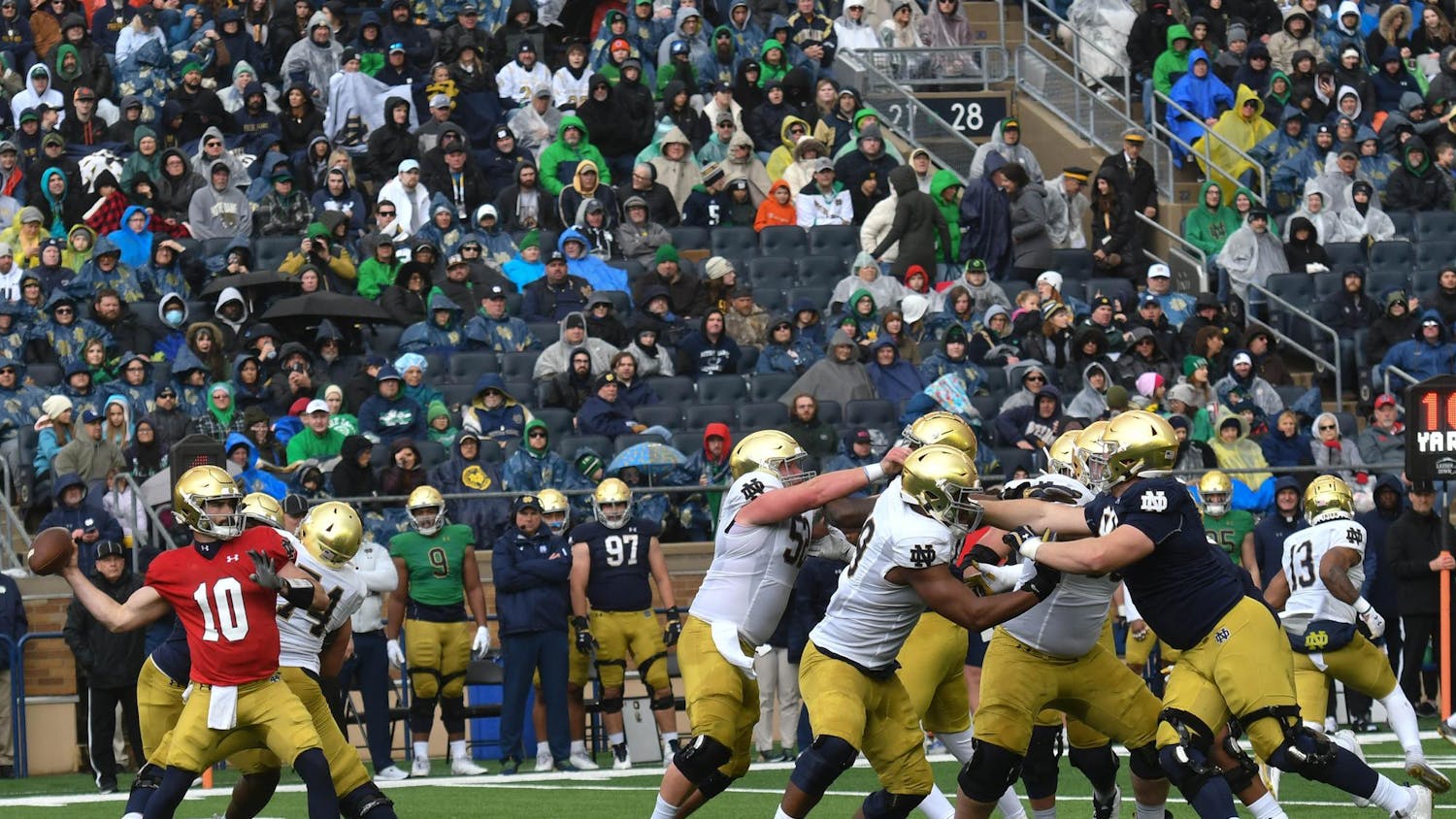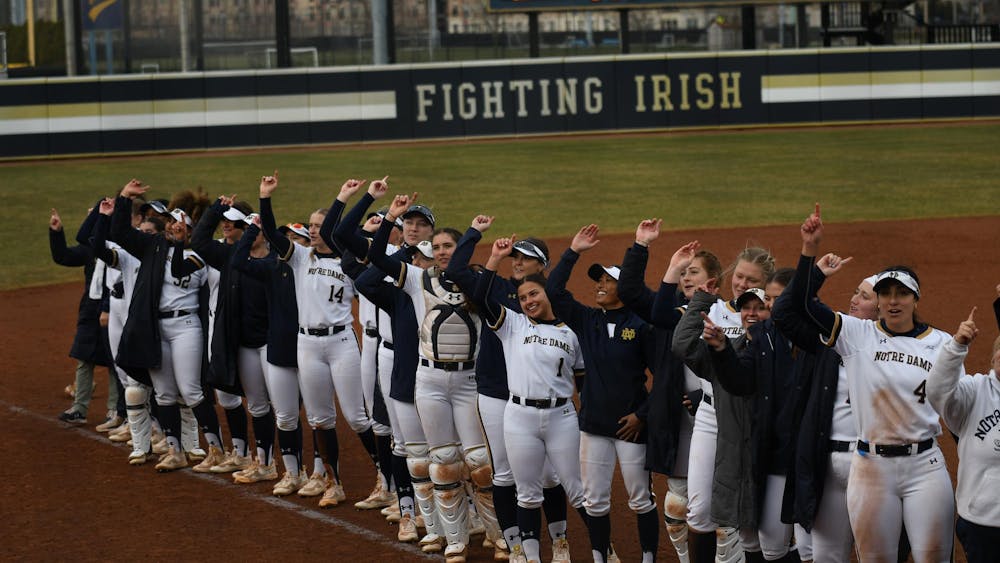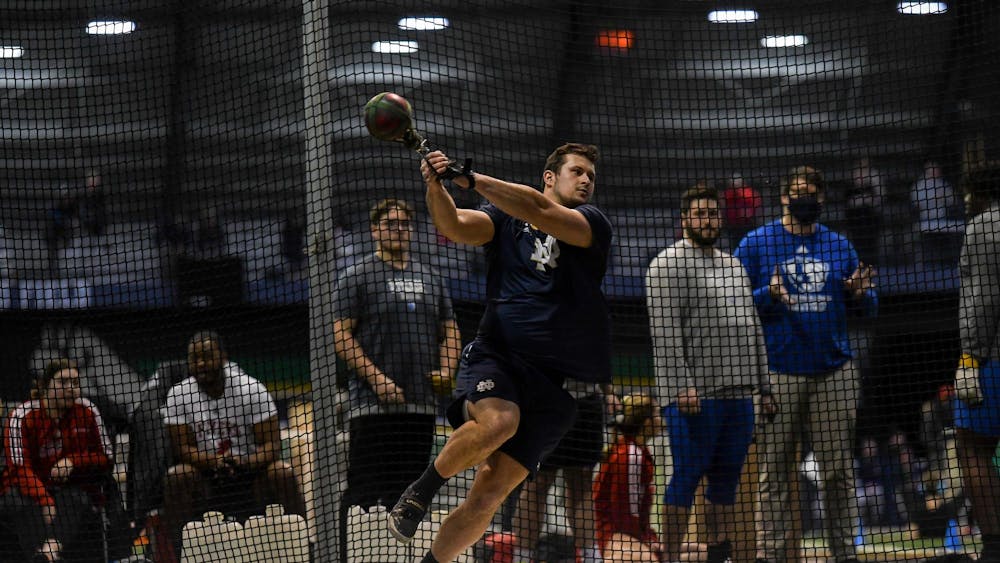Next Monday marks one of the most exciting days of the NHL season. It is one of a handful of days throughout the whole year where fans of both Stanley Cup contenders and cellar-dwellers alike have something to look forward to. I am of course talking about the trade deadline.
The Boston Bruins made three different trades within two weeks of the deadline a season ago on their way to the Stanley Cup.

The blockbuster deal that got most of the media attention was for Toronto defenseman Tomas Kaberle, for whom the Bruins gave up a first-round pick, a conditional second-round pick and touted prospect Joe Colborne. The deal was useful for the Bruins, who were looking for an immediate boost in the playoffs. It was also beneficial to the Maple Leafs, who were out of the playoff race and looking for pieces for the future in exchange for Kaberle, a free agent at the end of the season.
While the Kaberle trade got the most buzz, two other trades the Bruins made were not as big, but arguably more important.
Boston acquired Chris Kelly from Ottawa for a second-round pick and Rich Peverley from Atlanta for NHL-proven young players Mark Stuart and Blake Wheeler. While the trades were both a bit risky and not as high-profile as the Kaberle trade, Kelly and Peverley each finished in the top eight in scoring in the playoffs for the Bruins, playing an integral role in Boston's championship.
There has already been buzz this the past week that Columbus Blue Jackets star Rick Nash, one of the best power forwards in the world, might be on the trading block. The New York Rangers are the rumored front-runners for Nash, but some are critical of whether the Eastern Conference leaders should mess with strong team chemistry. Toronto and Los Angeles are among other teams interested.
What makes the Nash case particularly unique is unlike most stars traded near the deadline, Nash is not an unrestricted free agent at the end of the season. Quite the contrary, in fact, as Nash is signed through 2018 at a salary cap hit of $7.8 million per season. In addition, Nash's contract has a no-trade clause.
The contract is notable for a few different reasons. The first is Nash has the ultimate say in where he ends up, due to the no-trade clause, as he can block a deal to any destination he does not want to go.

The second is while the Jackets are hurt by Nash's no-trade clause because it limits their options, they are also in no rush to move him, since he is signed for the next six years. They do not have to worry about him walking at the end of the season and getting nothing in return. If a team doesn't offer what the Jackets are looking for, Columbus can try again in the offseason or keep its captain and face of the franchise indefinitely. This means that if he is traded at the deadline, the team he ends up going to would likely have to pay an extremely hefty price.
And of course, the contract means the team he would be traded to not only would have to deal with changing the chemistry in the locker room and giving up lots of assets, but they would also be taking on his salary for the next half-decade. As good of a player as Nash is, there is some debate as to whether he's worth $7.8 million on his own, before even factoring in the pieces the Jackets would require in return in a trade. This would likely include some combination of draft picks, prospects and/or an elite young goaltender.
It will be interesting to see if Nash gets dealt and what other big-name players end up on the move by Monday. But it will also be interesting to look back in June and see what small moves, if any, went largely unnoticed in February but propelled a team to hoist the Cup. Further, it will be interesting to see four or five years from now if the pieces acquired by a seller in a major deal help to turn that franchise around.
Sit back and enjoy these next three days, NHL fans. They should be a treat.












